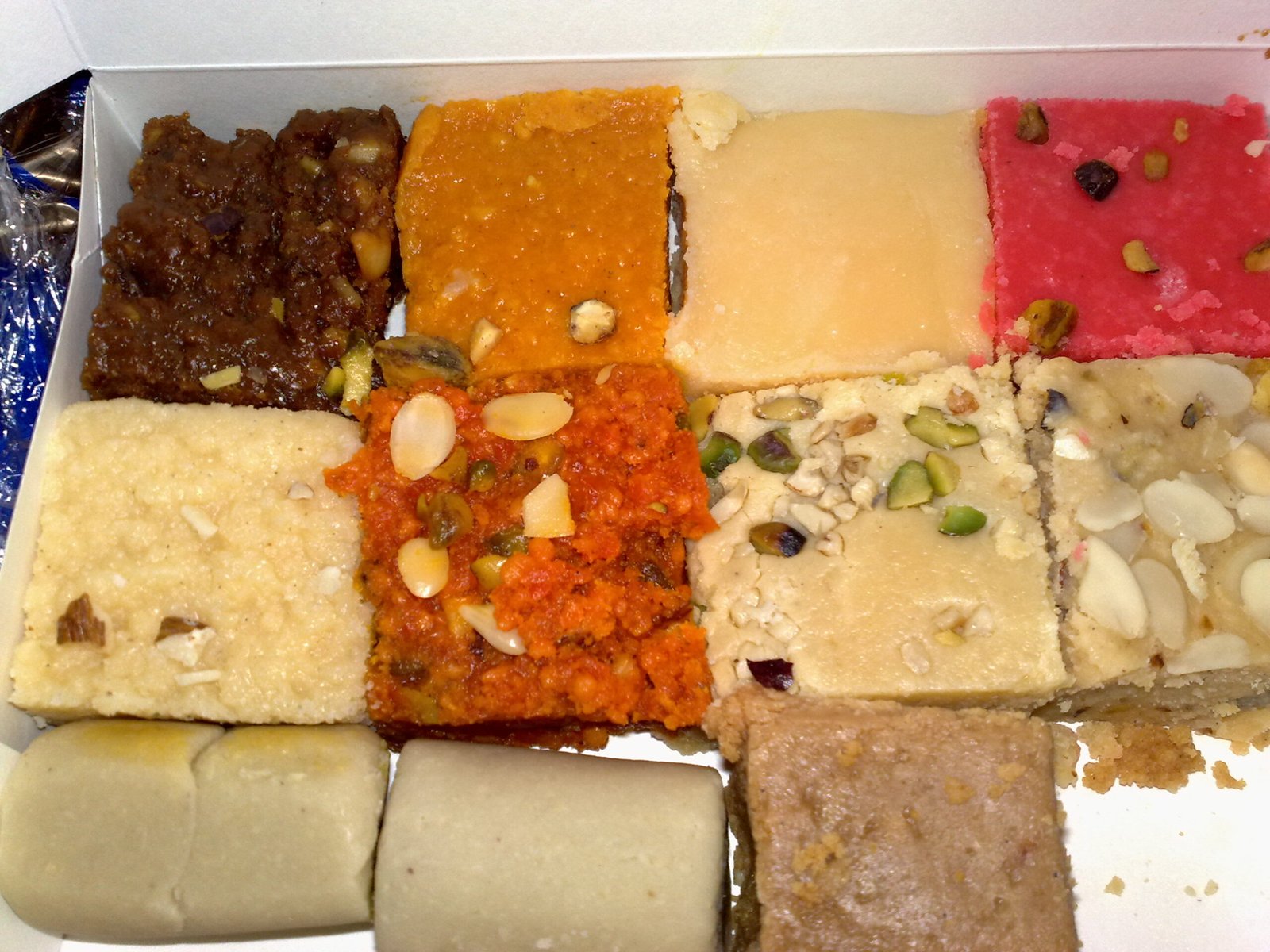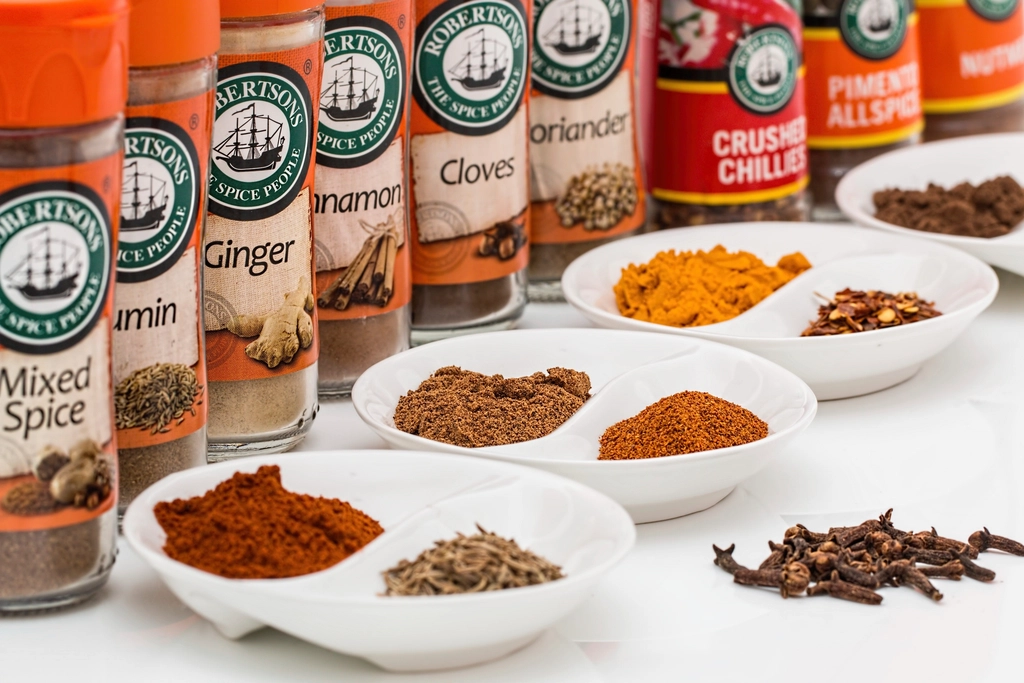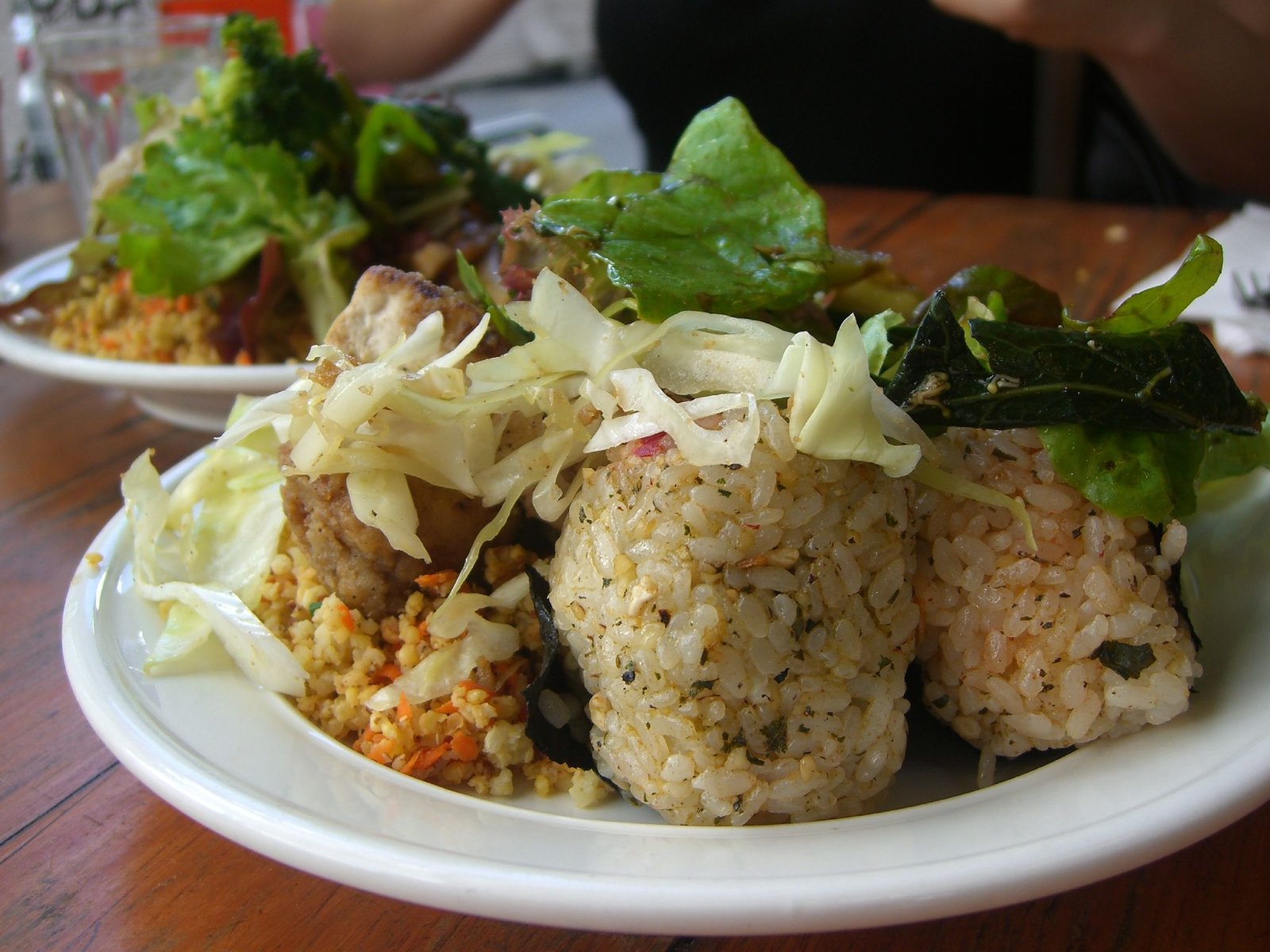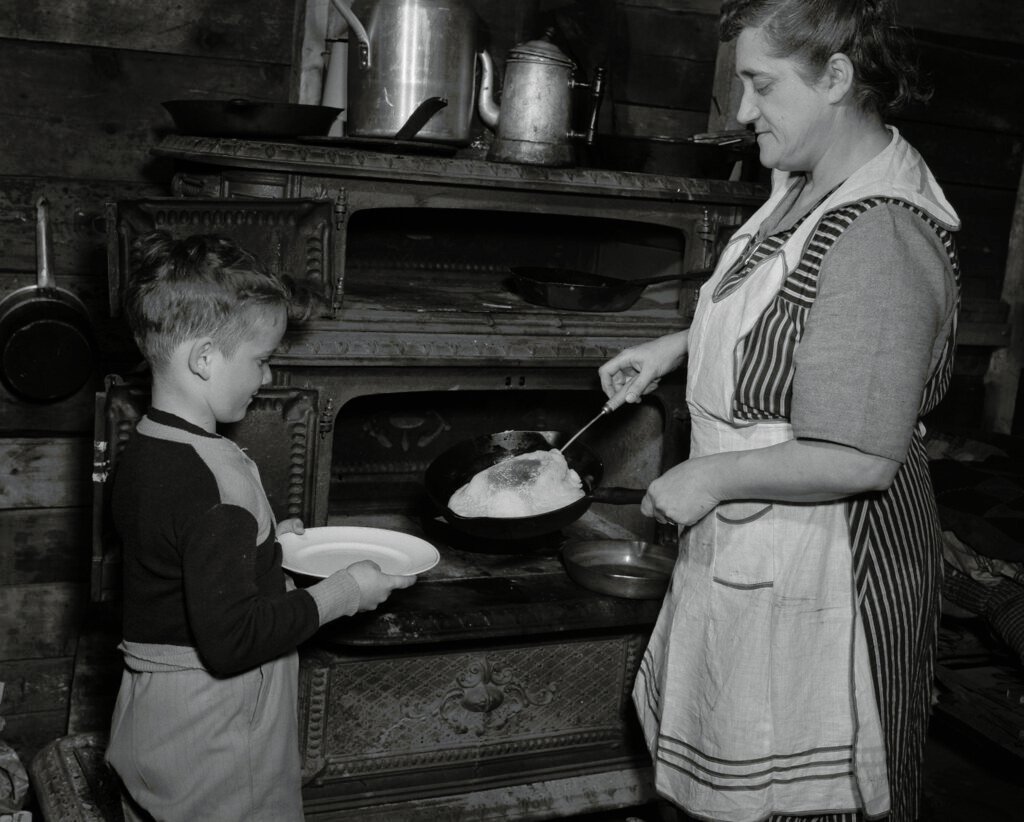Mother’s Day isn’t just another occasion—it stirs something deep within us, connecting generations through the simple act of sharing a meal. Have you ever wondered if the recipes we cherish today reflect a history written by millions of years of human evolution? Imagine preparing your mother’s favorite dish, not just as a gesture of love, but as a tribute to the ancestral choices that shaped our bodies, cultures, and communities. Food is more than sustenance; it is memory, ritual, and survival, all simmering together in every bite. As we explore the recipes crafted for Mother’s Day, let’s journey back and see how humanity’s ever-changing palate has influenced what ends up on our plates today. Let your curiosity roam as we dig into the fascinating story of how our diets—and our celebrations—have evolved side by side.
The Beginnings: Early Human Diets in the Wild
Long before the idea of a “recipe” even existed, our ancient ancestors foraged for survival. Picture early humans in the wild, seeking out roots, berries, nuts, and the occasional small animal. Their diets were shaped by what the environment provided, forcing them to become ingenious, adaptable eaters. Survival meant experimenting—some plants were nourishing, while others were toxic. This trial and error not only influenced our taste preferences but also our biology, as only those who made the right choices survived to pass on their genes. The shift from scavenging to purposeful hunting and gathering marked a crucial turning point, laying the groundwork for family meals and community feasts that would eventually become traditions. It’s humbling to realize that every salad or roasted vegetable on our Mother’s Day tables has roots that go back to these wild beginnings.
Fire and Flavor: The Game-Changer in Human Diets

The mastery of fire was nothing short of miraculous for our ancestors. Suddenly, raw, tough foods could be transformed into tender, flavorful meals. Cooking broke down fibers and toxins, allowing early humans to extract more nutrients and calories from their food. This not only made meals more enjoyable but also fueled the growth of our large brains. Anthropologists believe that the advent of cooking was one of the most significant milestones in human evolution. Today, when you roast a chicken or bake a cake for Mother’s Day, you’re participating in a tradition that began hundreds of thousands of years ago. The act of gathering around a fire to share food became the first communal dining experience—one that forged stronger social bonds and, perhaps, the earliest sense of family.
Gathering Around the Table: The Birth of Food Traditions
As societies grew, so did the rituals surrounding food. Early humans began to settle, forming small communities where certain foods became symbols of celebration or status. These gatherings around a shared meal created the foundation for what we now recognize as “tradition.” Special occasions, like the honoring of mothers, often called for unique dishes that were only prepared for the most important guests. The emotional power of sharing a home-cooked meal has always been immense—nourishing not just the body but also the spirit. With every Mother’s Day brunch or family dinner, we echo the ancient gatherings that once marked the rhythms of the seasons, births, and the bonds of kinship.
From Foraging to Farming: How Agriculture Changed Everything
The invention of agriculture was a seismic shift in the human story. Suddenly, people could grow and store surplus food, allowing populations to expand and communities to flourish. Grains like wheat, rice, and maize became dietary staples, while domesticated animals provided reliable sources of meat, milk, and eggs. This era saw the birth of bread, cheese, and hearty stews—foods that still appear on our tables today. Mother’s Day recipes often feature ingredients like honey, herbs, or fresh vegetables, all of which reflect thousands of years of agricultural innovation. Farming didn’t just fill our bellies; it transformed societies, fostered new cuisines, and allowed for the creation of more complex, celebratory dishes fit for honoring the most cherished people in our lives.
The Sweet Side of Evolution: Sugar, Fruits, and Celebration

Our love for sweetness is no accident. Evolution has wired our brains to crave sugar, a quick source of energy in the wild. Early humans sought out ripe fruits and honey, sparking a long-standing relationship with sweet flavors. As civilizations advanced, sugarcane cultivation and trade brought sugar to the masses, revolutionizing dessert recipes around the world. Think of the strawberry shortcakes, fruit tarts, or chocolate treats that grace Mother’s Day tables—each one is a modern echo of this ancient craving. The joy we feel when sharing a sweet dessert is deeply rooted in our evolutionary past, turning every bite into a celebration of both the present and the long journey that brought us here.
Spices, Herbs, and the Art of Flavor

While the earliest diets were about survival, the rise of agriculture and trade introduced a dazzling array of flavors. Spices and herbs became prized for their ability to enhance, preserve, and sometimes even heal. Ancient trade routes carried cinnamon, pepper, basil, and mint across continents, enriching the recipes of every culture they touched. Today, the sprinkle of rosemary on a roast or a pinch of cinnamon in a cake adds not just taste but history. Mother’s Day recipes are often handed down through generations, with secret spices and cherished herbs turning simple meals into unforgettable feasts. These flavors are more than decoration—they are a direct link to our shared heritage and the inventive spirit of our ancestors.
Feeding the Family: Nutrition, Nurture, and Motherhood
Throughout history, mothers have played a central role in nourishing their families. From the earliest days, maternal care extended beyond breastfeeding to finding, preparing, and sometimes inventing ways to make food safe and appealing for children. Scientific research shows that children’s eating habits are shaped by the meals shared with their mothers, reinforcing the importance of family recipes and rituals. The act of cooking for loved ones is both a practical and emotional expression of care—a tradition honored every Mother’s Day. When you prepare a nourishing meal for your mother, you’re participating in a timeless ritual that has shaped human development and well-being for generations.
Modern Mother’s Day Recipes: Tradition Meets Innovation
Today’s Mother’s Day recipes are a delightful mix of old and new. Classic dishes—like roast chicken, pancakes, or fresh salads—often sit side by side with inventive creations inspired by global cuisines. The internet has opened up a world of culinary possibilities, allowing families to blend traditional comfort foods with modern twists, such as vegan desserts or gluten-free breads. This fusion reflects the ongoing evolution of our diets, as we adapt to new tastes, health needs, and cultural influences. Preparing a meal for Mother’s Day becomes an act of creativity and love, connecting the past with the present in every delicious bite.
The Science of Flavor: Why We Love Certain Foods
Why do some dishes become family favorites, while others are quickly forgotten? The answer lies in the fascinating science of flavor and memory. Studies show that our taste preferences are shaped by genetics, early experiences, and even emotions tied to meals shared with loved ones. Flavors can trigger powerful memories, making that first bite of a childhood recipe feel like a warm embrace. Scientists have also discovered that the human brain lights up with pleasure when we eat foods we associate with comfort and celebration. This is why Mother’s Day recipes often hold a special place in our hearts, serving as edible reminders of love, family, and belonging.
Plant-Based and Sustainable Diets: A Modern Evolution

In recent years, there has been a noticeable shift toward more plant-based and sustainable eating habits. Concerns about health, the environment, and animal welfare have inspired many families to experiment with vegetarian or vegan recipes, especially on special occasions. Mother’s Day spreads now often include dishes made from quinoa, legumes, or locally sourced vegetables. This trend echoes the earliest human diets, which were largely plant-based, and also points toward a future where what we eat is more in harmony with the planet. Choosing sustainable ingredients for Mother’s Day isn’t just a modern trend—it’s a meaningful way to honor mothers by caring for the world their children will inherit.
Cultural Diversity: Celebrating Mothers Around the World

Mother’s Day is celebrated differently across the globe, but the common thread is the honoring of motherhood through food. In Italy, families might prepare homemade pasta or tiramisu; in Japan, there may be sushi or seasonal sweets; in Nigeria, spicy stews and jollof rice are common. Each culture brings its own flavors, traditions, and stories to the table, creating a global tapestry of celebration. Exploring these diverse recipes can inspire us to try new dishes and recognize the universal power of a shared meal to express gratitude and love. When we cook for Mother’s Day, we join a worldwide chorus of families honoring the heart of the home.
Passing Down the Legacy: Recipes as Family Heirlooms
Recipes are more than instructions—they are stories, memories, and legacies passed from one generation to the next. The act of teaching a child to cook their grandmother’s soup or bake a traditional cake is a rite of passage in many families. These recipes become living links to our ancestors, preserving not just flavors but values, customs, and family history. On Mother’s Day, the joy of preparing and sharing these treasured dishes is a profound way to connect with the past and ensure that the love and wisdom of those who came before us is never forgotten. Each recipe is a thread in the rich fabric of human experience, uniting us across time and place.
Food is more than what’s on our plates—it’s the story of who we are, where we’ve been, and where we’re going. The next time you prepare a Mother’s Day meal, remember that you’re not just honoring your mother, but also the incredible journey of human diets through the ages. What recipe will you pass down to the next generation?




